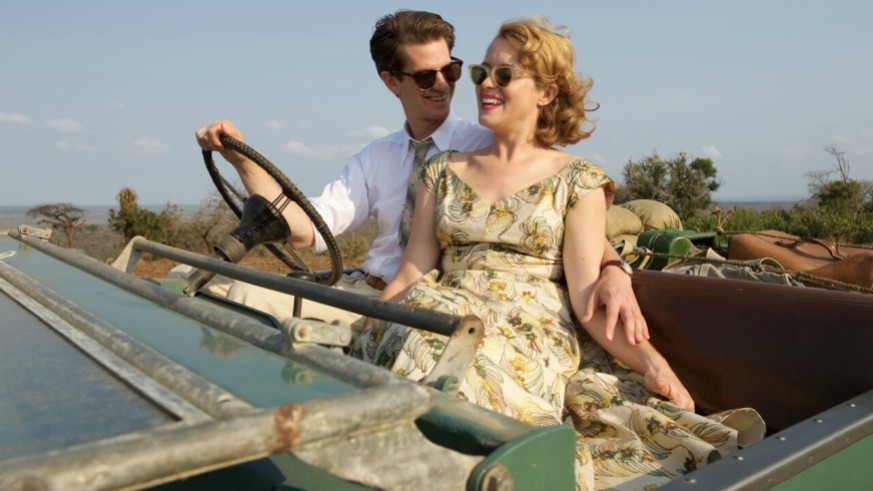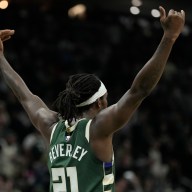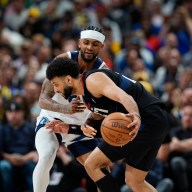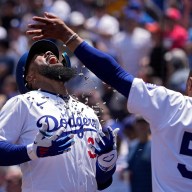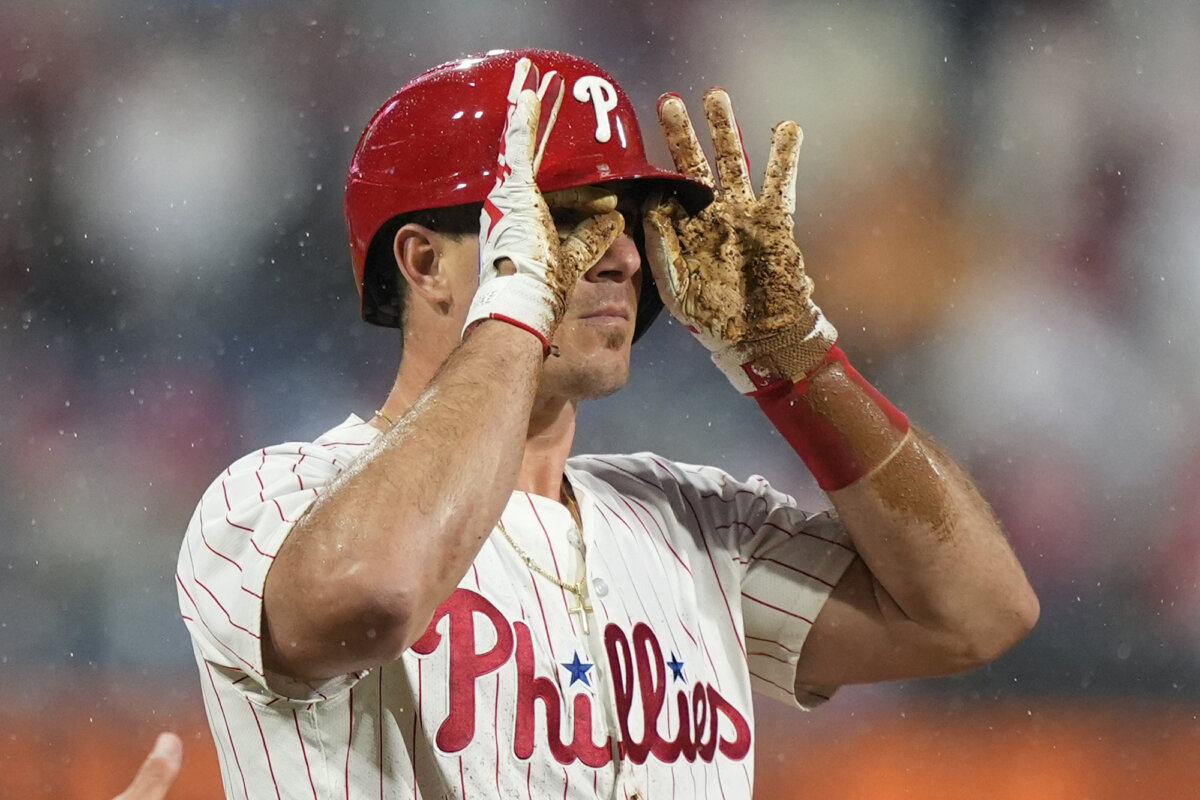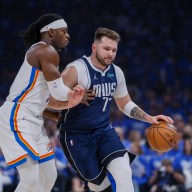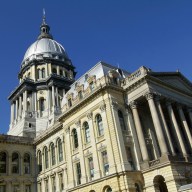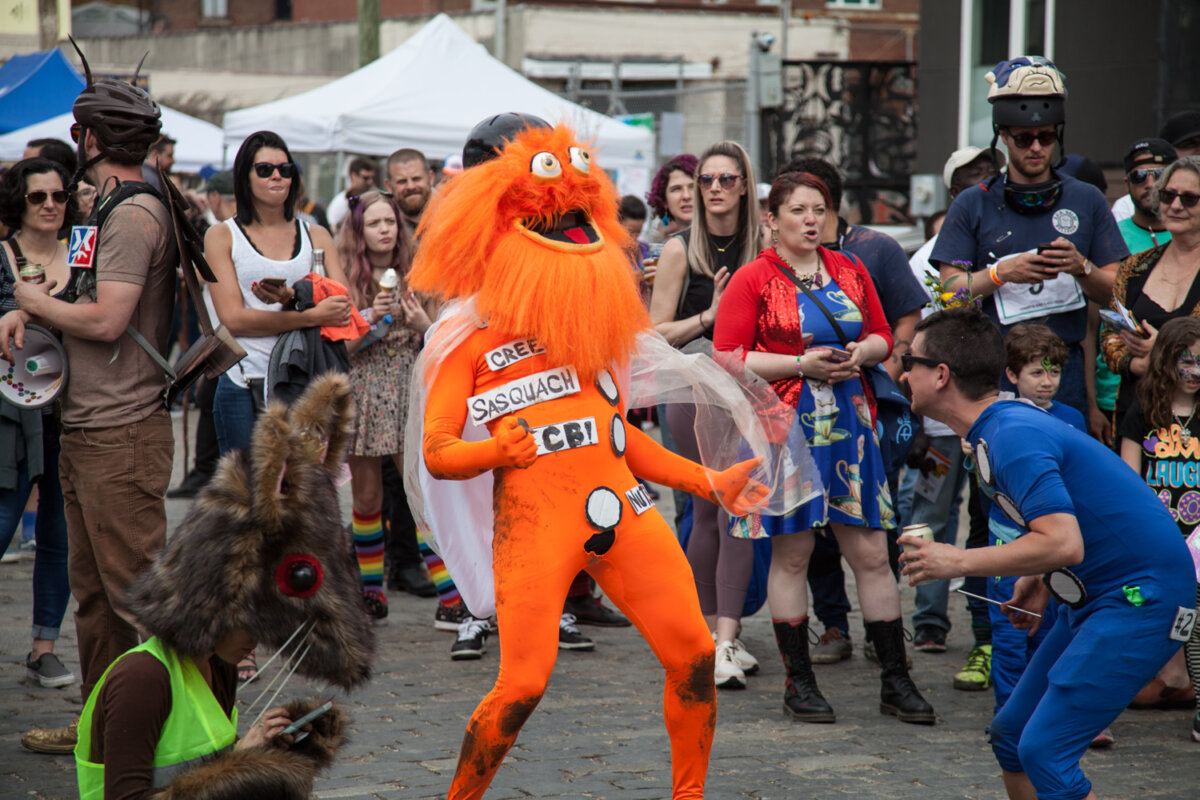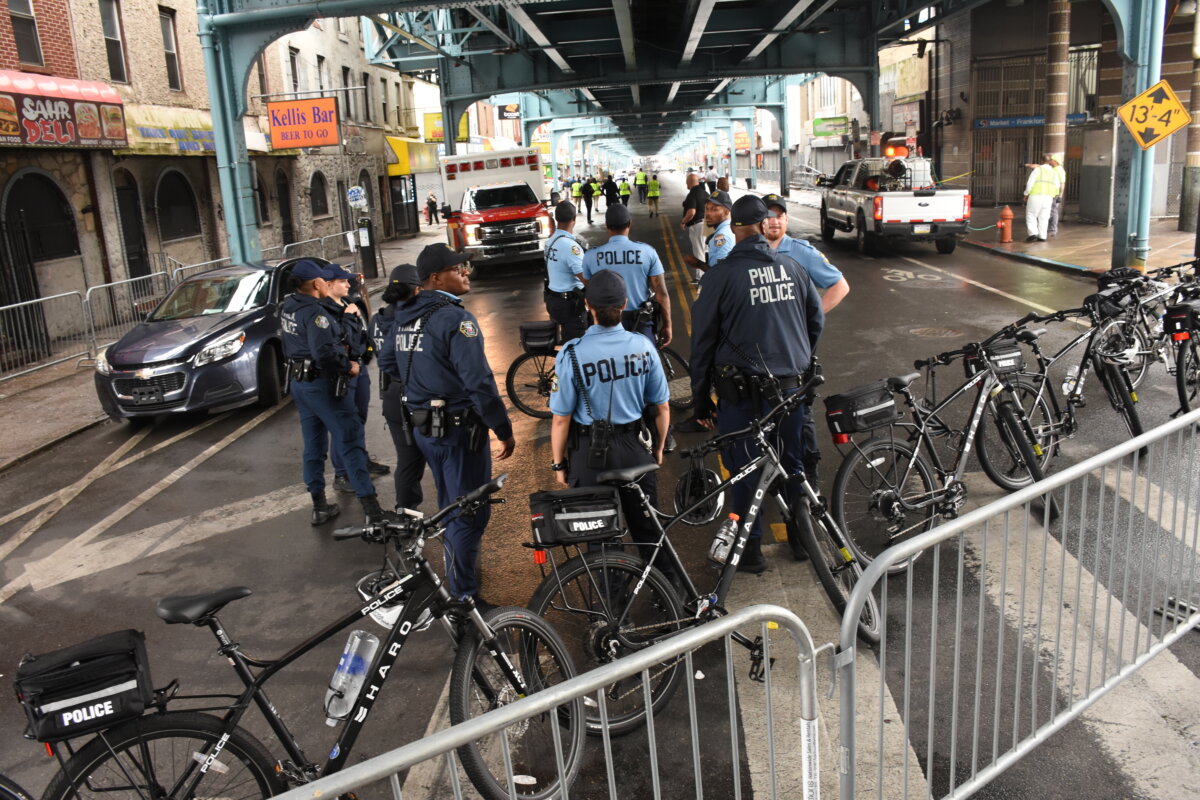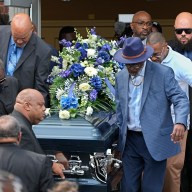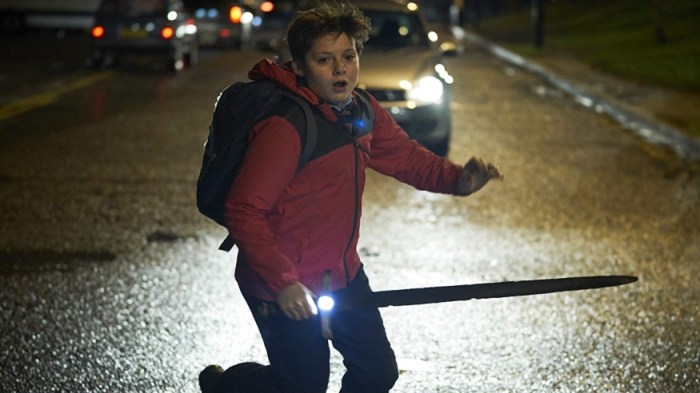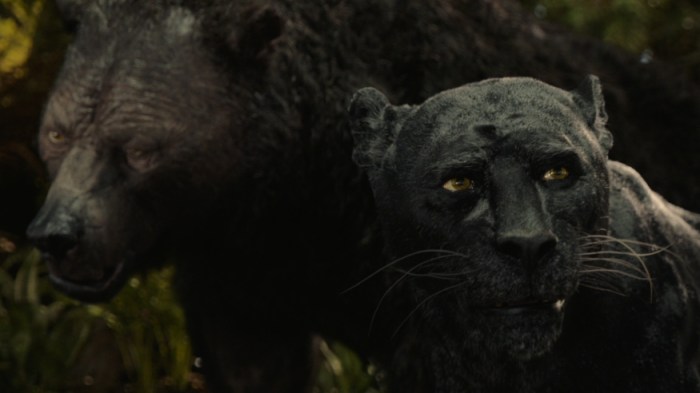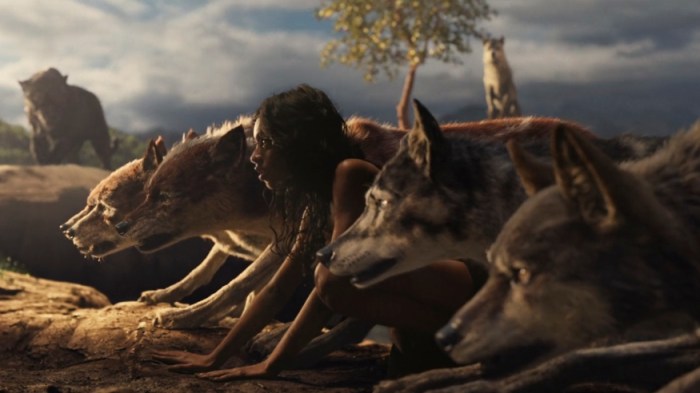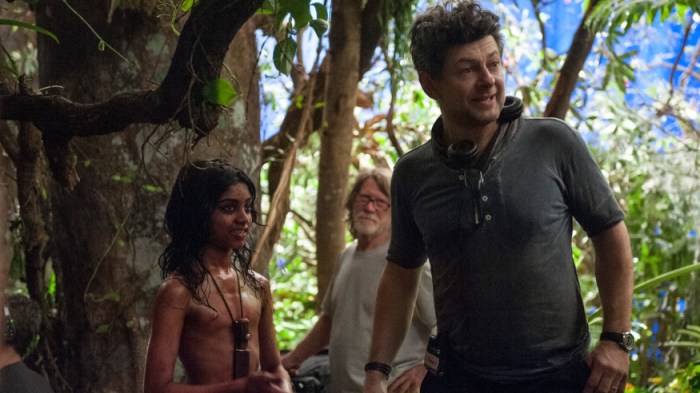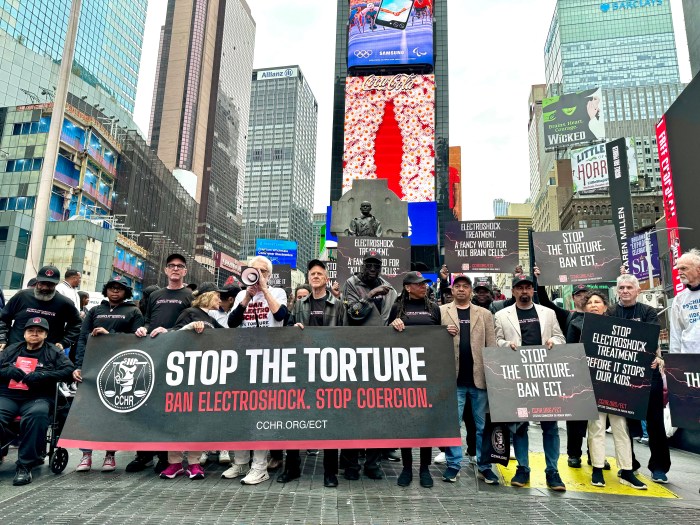It took Andy Serkis a decade to find the right script to turn into his directorial debut. But once he read “Breathe” he immediately knew it was perfect.
“I read William Nicholson’s script, it blew me away. It was so potent and powerful. I am close to the subject matter because my dad was a doctor. He co-founded a hospital in Baghdad, and my mum taught disabled kids. So I grew up with kids that had polio, and Spina Bifida, and all different diseases like that in the 60s and 70s,” Serkis explained to me earlier this week.
“Breathe” tells the story of Robin Cavendish (Andrew Garfield), who at the age of 28 was paralyzed from the neck down by polio. Only given months to live, Robin went on to live a full life for over 35 more years, and his wife Diana (Claire Foy) was there by his side throughout. For Serkis, it was quickly a no brainer that he’d make the film, as he saw the pair as mavericks.
“Both Robin and Diana were kind of mavericks really. They refused be labelled as disabled people … No-one had lived outside the hospital system on a respirator, and for Diana to try to make Robin do so was literally like trying to put him on the moon. It was out of the question for him to have a normal life in human society. So they were true mavericks. They were mavericks in their own right. Disability rights didn’t exist at that point. It was their personal actions that affected people in a positive way and sent ripples out across the pond.”
You can read my full interview with both Andy Serkis and Claire Foy regarding “Breathe” below.
What were the origins of “Breathe”?
Andy Serkis: “Jonathan [Robin Cavendish’s son] is a very good friend of mine, and my business partner. We set up the Imaginarium studios, which is a performance capture studio and production entity, to further progress the art and craft of mo-cap in films and games and virtual reality and whatnot. And, also, crucially to set up projects for me to direct. I knew the story because I’d played Ian Dury [2010’s ‘Sex And Drugs And Rock And Roll’], and he was a polio sufferer, and Jonathan had discussed it with me.”
What is it about these stories that connect with you?
AS: “Both Robin and Diana and Ian were kind of mavericks really. They refused be labelled as disabled people. Ian Dury was furious that there was a stigma attached to disability. He was once asked to write a song for the year of the disabled, and he said, ‘Isn’t every year the year of the f**king disabled!?’He became quite a political advocate, while Robin and Diana weren’t. No-one had lived outside the hospital system on a respirator, and for Diana to try to make Robin do so was literally like trying to put him on the moon. It was out of the question for him to have a normal life in human society. So they were true mavericks. They were mavericks in their own right. Disability rights didn’t exist at that point. It was through their personal actions that affected people in a positive way and sent ripples out across the pond. With “Breathe” it was also the humor, and the love story, really. And it is the refusal to see themselves as downtrodden in anyway.”
Claire Foy: “Everything really. It really was a foregone conclusion when I read it. Before reading it I really wanted a rest and a holiday. There was an element in my mind where I was like, ‘If I don’t read it I won’t know.’ So I avoided it. Then when I did read it I was like, ‘Oh no, you idiot.’ There was no going back. It was the story really. There’s so much to admire about everything, and the way that Diana shouldered so much of the pain and responsibility and allowed him to facilitate his life. It was so inspiring. The story was their relationship. It was so well written.”
Talk about the move from acting into directing.
AS: “I’ve been wanting to direct for the last decade. This was supposed to be my first film, but then ‘Jungle Book’ came along. So we shot principal photography for ‘Jungle Book’, but obviously post-production takes really long. Then there was this window of opportunity when we could shoot this quickly. We raised the money and shot it in seven weeks, and it was really this small gap because of Andrew [Garfield] and Claire [Foy].”
Were Andrew Garfield and Claire Foy the only two actors you considered?
AS: “We went on a long search to find Robin. Andrew just responded to the script. I knew he would. Because he’s such an incredibly positive, versatile, and physical actor. And we wanted someone who was an athletic actor because we wanted to really feel the loss of losing that athleticism, and being nailed down to just his facial expressions. Claire I’d worked with years ago, and knew she was amazing. I saw her career go to incredible heights, but we cast her before ’The Crown’ came out. She’s so honest and truthful, and is perfect for Diana because she lives in the moment, doesn’t suffer fools, and has a directness and wit to her.”
CF: “I met Andrew and I thought, ‘I’d love to build those characters with you.’ And that’s what it felt like. It didn’t feel like I was on my own with a character, it felt like we were very much together in that. It was lovely really. One of my favorite aspects of the job is working with different people. When you have a close relationship with another actor you are searching for something. Acting isn’t a one person thing. You are in a company of actors. It is so important that you work together, and build it together. It’s so amazing seeing how Andrew works, and working out how to do it together. He does so much preparation, I don’t like to be on set unprepared, and there was this unspoken thing where we just believed each other, and we could see it going on behind each other’s eyes.”
Were there any similarities between The Queen [Who Claire Foy plays in “The Crown”] and Diana?
CF: Definitely generationally, which you can’t underestimate. The generation that grew up in the War had a very clear frame of reference. Not only, ‘Keep calm and carry on,’ but also that life throws you all kinds of problems, especially during World War 2. The idea of complaining about your lot and naval-gazing, what we all do now, they’d be like, ‘Why bother? What’s wrong with you?’ They weirdly live in the moment. Taking each breath as it comes. And that’s so true of people when they are ill. One person makes a joke, and that moment of levity cracks through the horror. It means people are able to be more open. You have to make a joke. Because what else would you do?
Was there ever a particular film that made you want to become a director?
AS: ‘Apocalypse Now’. I just thought I would love to have that adventure. I remember watching ‘Heart Of Darkness’ [Eleanor Coppola’s documentary on the production] and thinking, ‘I want to have this experience. Out on the edge and wrestling with total failure.’ There was something so vital, and honest, and the imperative was so strong. Also Scorsese’s films; ‘Raging Bull’ and ‘Taxi Driver’. Those films sort of defined cinematic cultural. Some Ken Loach and Mike Leigh’s films, and then Jane Campion’s ‘Piano’ was a big influence, too. I actually became an actor by accident. I went to university to do visual arts, and I always had a hankering to tell stories visually.”
“Breathe” is released on Friday October 13.

